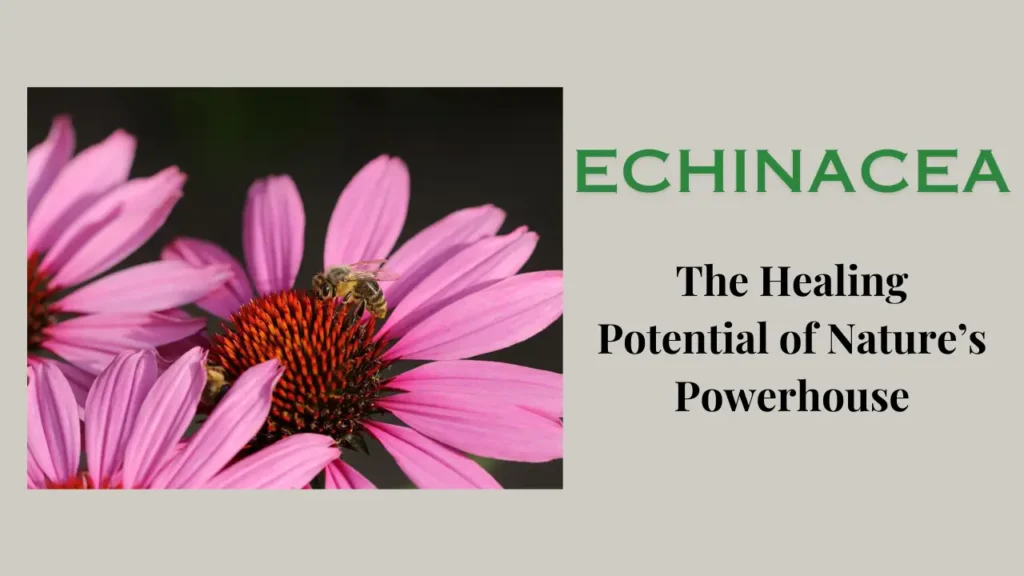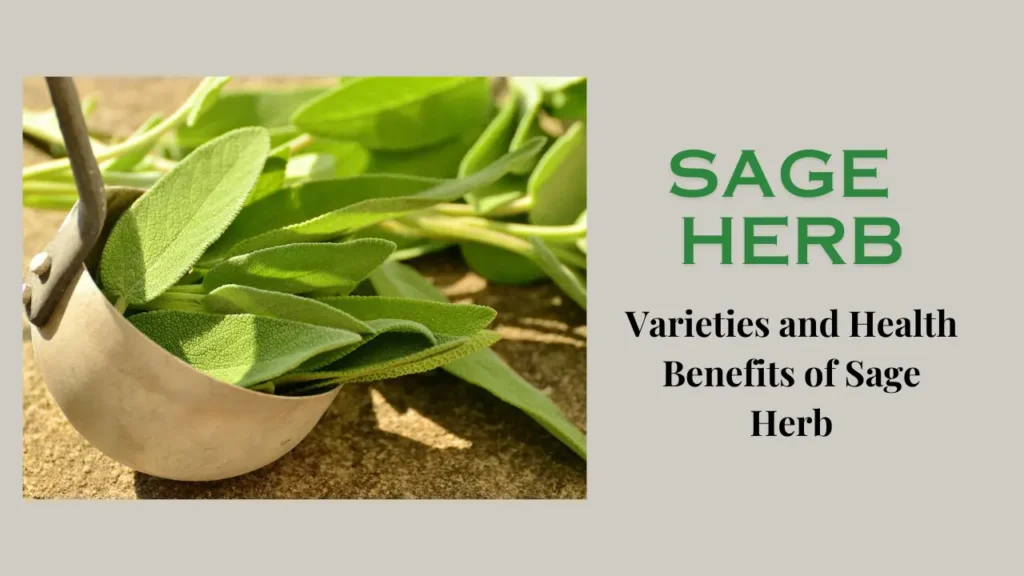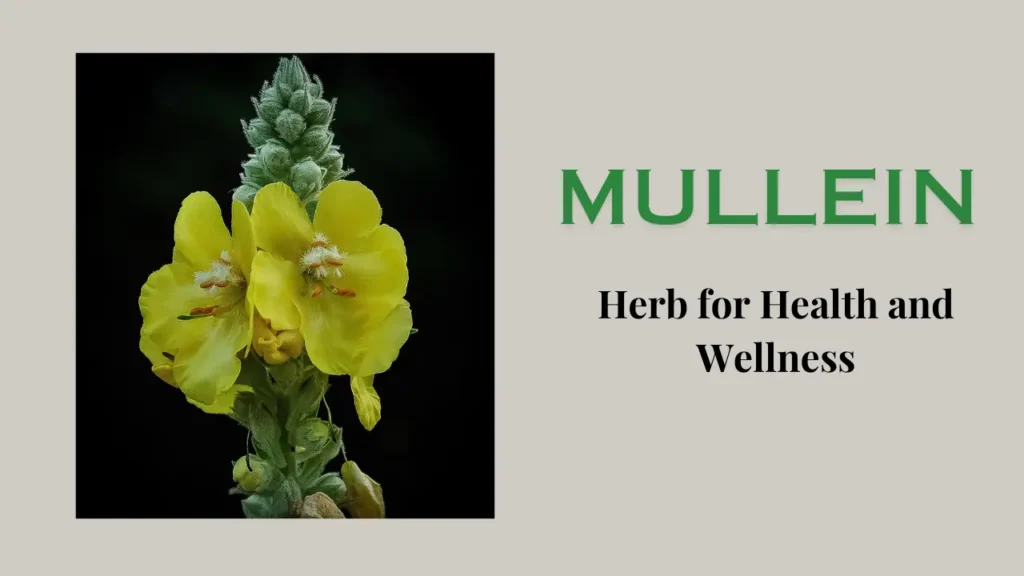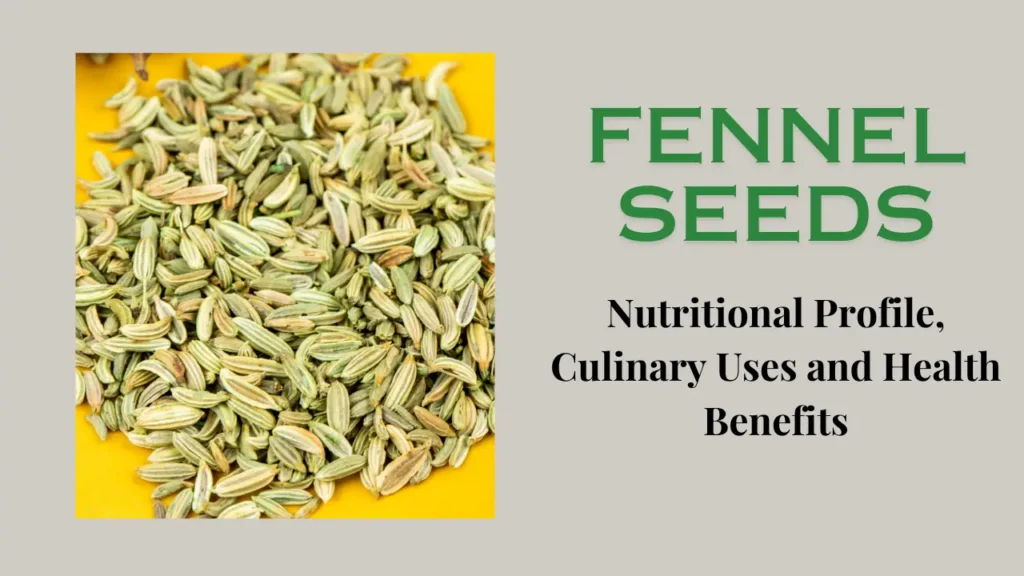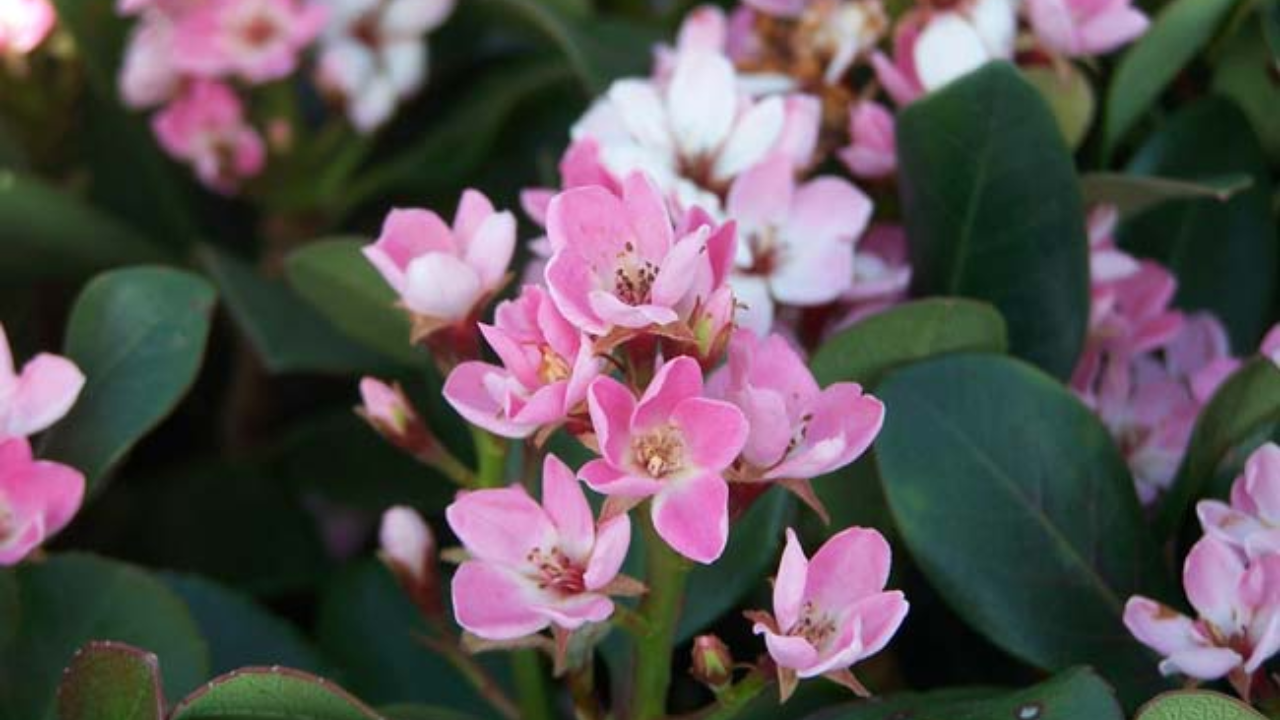
Introduction
- Evergreen Attraction: One of the distinctive features of this herb is its evergreen nature. This means that it remains green throughout the year, giving your garden a lush green look.
- Floral splendor: In spring, it produces small, fragrant flowers. These flowers come in many colors including white, pink, and red, creating a stunning sight that leaves the viewer mesmerized.
Practical Tips for Cultivating Indian Hawthorn
Optimal Planting Conditions
- It thrives in well-drained soil rich in organic matter.
- For optimum growth and flowering, choose a place where there is partial to full sunlight. Keep in mind that this plant is relatively drought-tolerant once established.
Pruning Techniques
- Regular pruning helps it maintain a compact and attractive shape.
- Prune it significantly after the flowering season to encourage new growth and remove dead or damaged branches to increase overall plant health.
Fertilization Guidelines
- Feed Indian hawthorn with a balanced, slow-release fertilizer in the spring. Avoid giving it excessive nitrogen, as this can lead to excessive growth of leaves instead of flowers.
- Mulching around the base of the plant helps retain moisture and suppress weeds.
Read Also: Hawthorn tree
Health Benefits and Environmental Impact
Medicinal Uses
- In traditional medicine, Indian hawthorn has been used for potential cardiovascular benefits. Some studies have shown that certain compounds present in the plant support heart health.
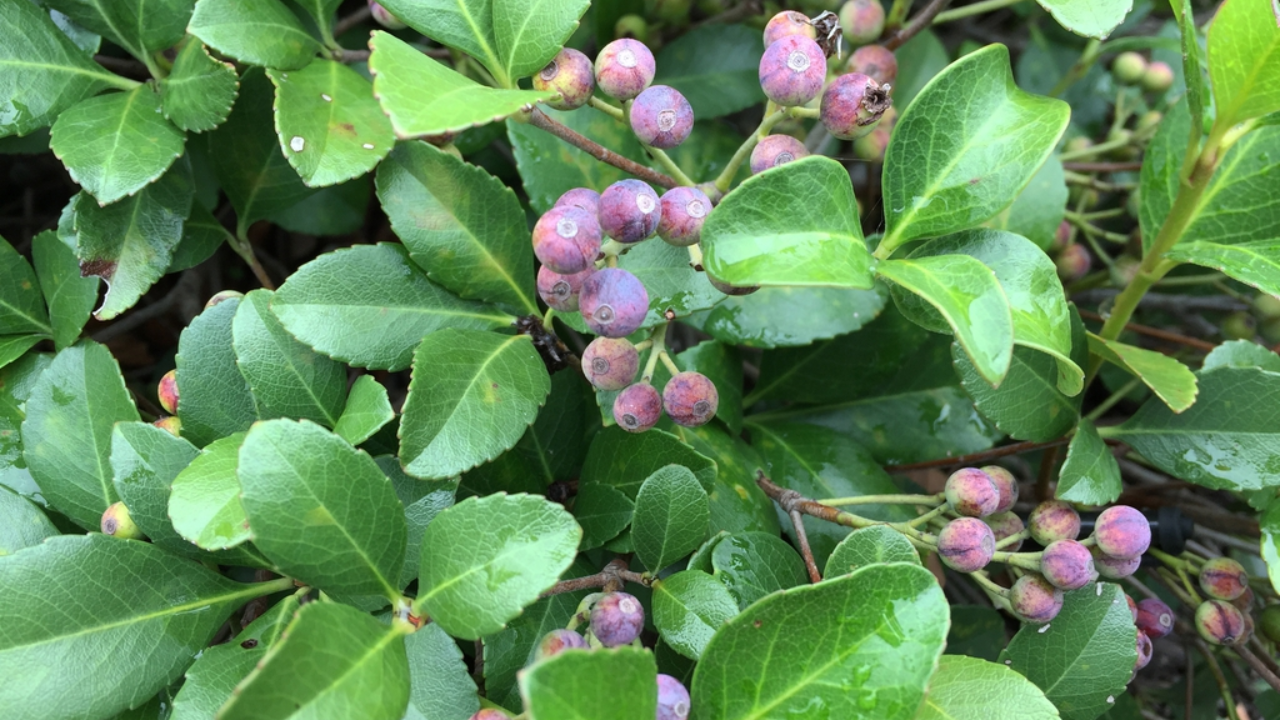
Wildlife Attraction
- Its flowers attract pollinators like bees and butterflies, boosting the biodiversity of your garden.
- The berries that follow its bloom provide food for birds during the fall and winter months.
Conclusion
- Sun: It requires full sun to partial shade. It requires at least 4-6 hours of direct sunlight daily for flowering and growth.
- Soil: Use moderately fertile soil with good drainage and good aeration. If possible, prefer slightly acidic soil (pH 5.5-6.5).
- Temperature: Its plants are tolerant of hot climates. It can tolerate light frost but cannot tolerate cold temperatures for long periods.
- Moisture: Regular watering of these plants is essential, especially during the first year of planting until established. Once established it can survive even in drought.
- Pruning: Prune lightly after flowering to maintain the desired shape and bushy growth.
No, the Indian hawthorn (Rhaphaeolepis indica) is not a plant native to Florida. It is found in China and other parts of East Asia. However, it is a popular ornamental shrub in Florida due to its adaptability to the warm climate, attractive flowers, and low maintenance.
Indian hawthorn is usually a 4-6 feet tall shrub but some specific varieties can grow taller with proper care. For example, the ‘Majestic Jade’ variety grows 10-12 feet tall, while ‘Spring Snow’ reaches 8-10 feet.
Indian hawthorn (Rhafiolepis indica) is not a plant native to India, so it does not have a commonly used local name for its berries in the country. However, the berries are also called by their English name, “Indian hawthorn berry”, or simply “blackberry” or “dark berry“, depending on the region and language.



